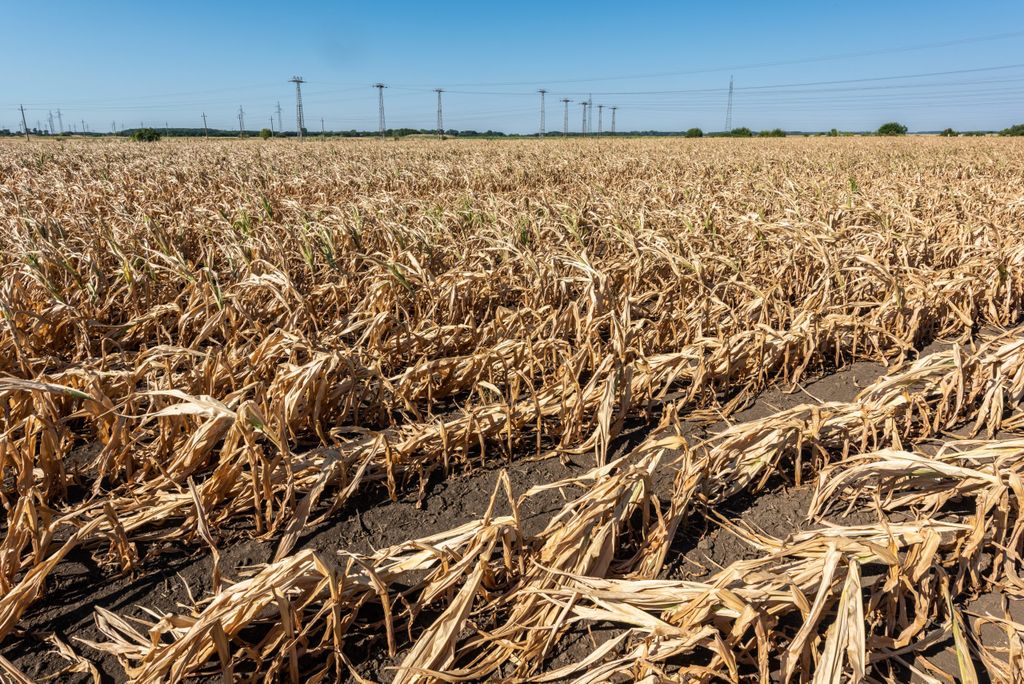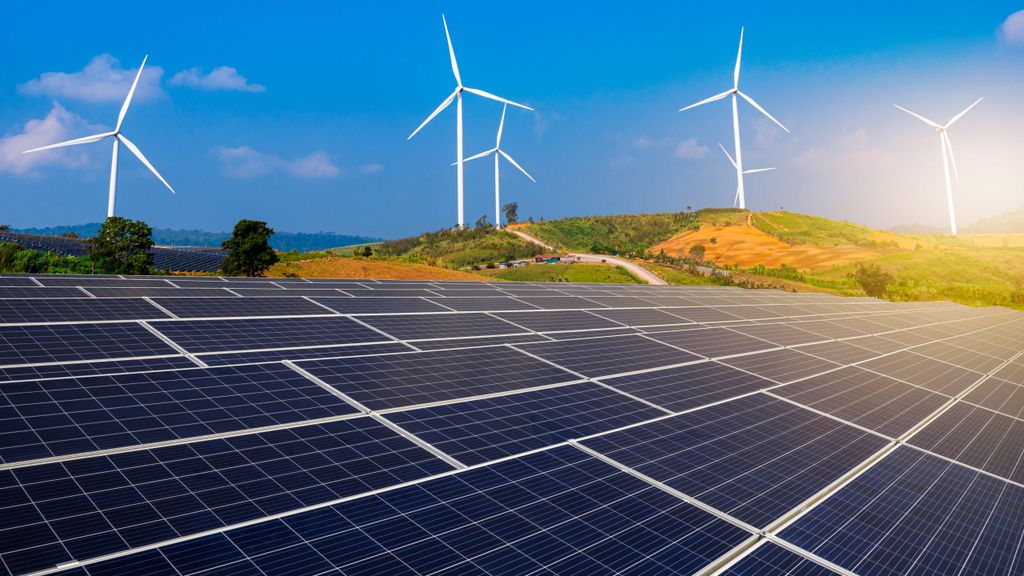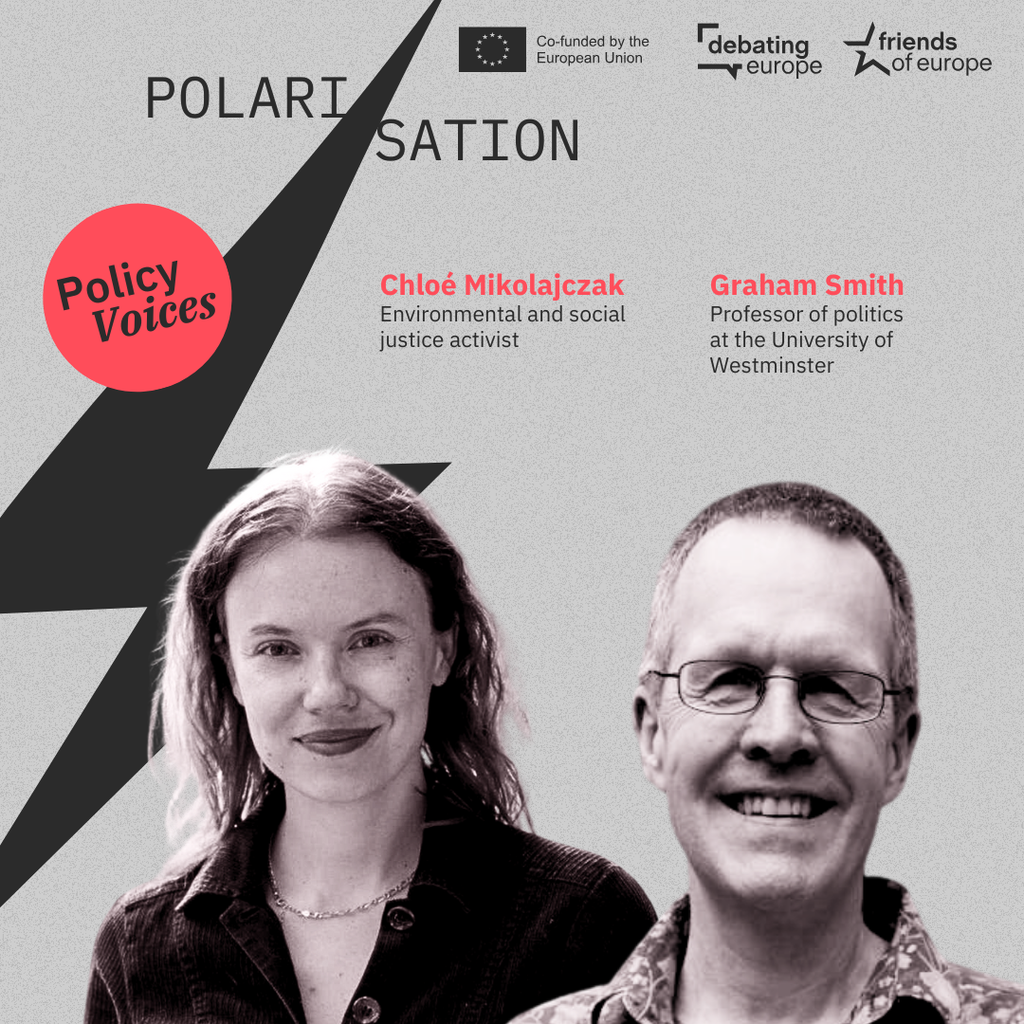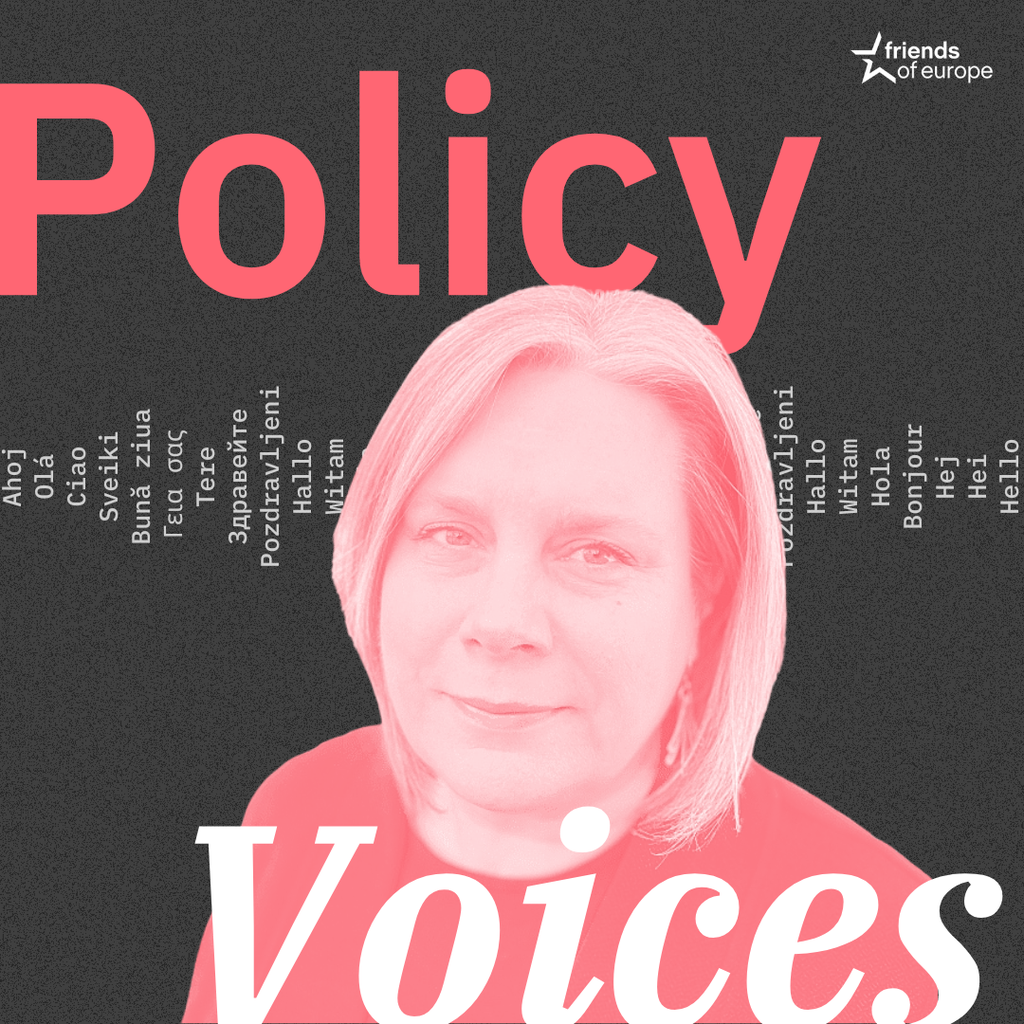A bold vision for a climate-neutral and competitive Europe
Next event In person & livestreamed

- Area of Expertise
- Climate, Energy & Natural Resources
Climate, Energy & Natural Resources

Executive Director of the Clean Air Fund and 2015-2016 European Young Leader (EYL40)
Against all odds, consensus was reached last week in Paris with 195 nations agreeing a deal to tackle climate change. For the first time, nations have agreed that the rise in global temperature caused by greenhouse gases is to be kept “well below” 2C, the point when global warming would pose a threat to life on Earth. This will be achieved through Intended Nationally Determined Contributions (INDCs) – pledges to reduce emissions – from each individual country. Given the inability to come to agreements in Copenhagen in 2009, it is no surprise this consensus is being met with such elation.
I hate to rain on this particular parade so soon after the Paris conference has finished, but there is analysis from various climate think tanks claiming that even if they are met, the INDCs committed to so far will only succeed in halting global warming at 2.7C above pre-industrial levels. What’s more, INDCs are not binding under international law, meaning individual countries will be responsible for meeting their own pledges, and each will be collecting data in a different way.
With so much at stake, the next step must be to standardise the process by which emissions pledges are monitored. This is the only way to see the INDCs monitored and fulfilled across the board, and potentially increased if countries are willing to accept greater ambition in future years. The ability to reduce emissions is reliant on the accurate measurement, reporting and verification (MRV) of them. As Bill Clinton’s former scientific adviser stated during the talks, “if we don’t have strong verification and monitoring, we don’t have strong agreement”.
Standard models of emissions measurement currently use a bottom-up approach, which estimates emissions based on activity data (for example, electricity consumption in kWhs) multiplied by an “emission conversion factor” (for example, the amount of carbon dioxide attributed to the use of one kWh of electricity). In other words, it calculates the amount of greenhouse gas emitted based on activity performed. These factors are established using direct measurements, but some countries do not have the means to make these measurements and hence rely on unsuitable data from elsewhere. Also, emissions from some sectors are very variable and it is hard to be sure that the measured emissions factors apply to all scenarios. In agriculture for example, uncertainties in emissions from livestock or fertilizer use can be greater than 50%.If we are to ensure the various INDCs are met, we need to improve on this, and provide support for developing countries to make their own measurements that are applicable to their particular circumstances.
There are now various emissions measurement methods that all come with a range of sophistication, accuracy levels and costs. They range from a low-cost portable remote infrared imaging system that can be used to detect the source of leaks, right up to Differential Absorption LIDAR (DIAL), a mobile facility capable of monitoring the concentration, volume and source of atmospheric pollutants remotely at ranges of up to 3km.
Ground-based methods can be partnered with regional networks of sensors that measure atmospheric concentrations of greenhouse gases, and with monitoring from satellites, which can give a global view of emissions. For example, the US satellite OCO2 measures carbon dioxide from space, and European organisations have plans for a similar satellite called CarbonSat which would also measure methane emissions.
The Paris deal has given us a real opportunity to make huge inroads into reducing global warming, and we must be sure to make the most of it. Standardisation of robust measuring, reporting and verification systems for assessing greenhouse gas emissions are vital in ensuring that INDCs are fulfilled and that the ultimate goal of keeping warming below 2C is achieved. The political will is there, and the technology to implement it is established. So, what are we waiting for?
Next event In person & livestreamed

Past event In person & livestreamed

Past event In person & livestreamed

Past event In person & Livestreamed





Stay informed
We use cookies and similar technologies to adjust your preferences, analyze traffic and measure the effectiveness of our campaigns. Learn more about our privacy policy.